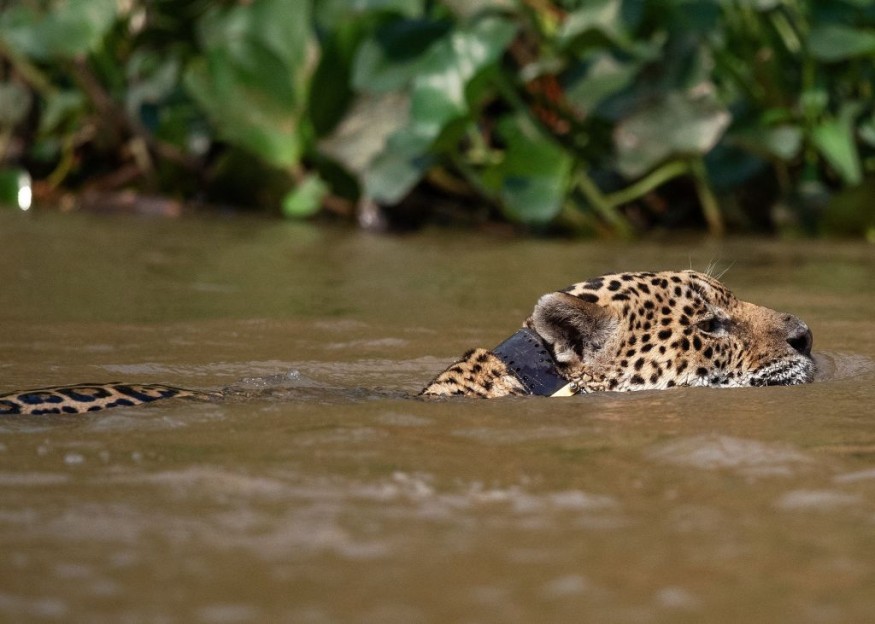Brazil Wildfires Killed Around 17 Million Animals in the Pantanal Wetlands

As many as 17 million vertebrates, including reptiles, birds, and primates, were killed after wildfires had ravaged Brazil between January and November.
Scientists have published the study in the journal Scientific Reports, according to a BBC News report.
There were 22,000 separate fires recorded during that year, according to the head of science at WWF-Brazil, Dr. Mariana Napolitano Ferreira.
Researchers said that the new study emphasizes the importance of preventing disasters in the future.
A fifth of Pantanal was burned, including the largest tropical wetland in the world. The area is a biodiversity hotspot and home to several animals such as hyacinth macaws, jaguars, and capybaras.
The wildfires are considered the worst in the region's history.
Walfrido Tomas at research institute Embrapa Pantanal in Brazil had visited the area with his colleagues to survey burned places and see which dead animals were found up to 48 hours after fires.
Tomas and his colleagues counted 302 carcasses across the surveyed areas, which were mostly small snakes, birds, and rodents, according to a News Scientist report.
They had also found the remains of a tortoise, an anaconda, armadillos, and several primates.
Wildfires in Brazil
Environmentalists warn that millions of wild animals will be killed or injured by fires being started to clear land.
Rescuers were paving escape routes out of the flames for wildlife ranging jaguars and tapirs to birds, according to an Independent report in September.
A baby deer with burned legs were found by workers, as well as monkey and jaguars that perished in the fire.
Meanwhile, other animals were seen with burnt paws, dehydrated or starving, and unable to find food or water.
World Animal Protection says that land is being cleared and burnt at record levels in the Pantanal region.
The organization was creating escape corridors through the flames and smoke-logged areas. They were also providing water and nutrition for wildlife, together with a regional environmental organization and local rescuers.
Greenpeace noted that Brazil's wildfires are growing worse each year. The organization has mounted a campaign against the forest burning in the Brazilian Amazon, Cerrado, and neighboring wetlands.
Jaguars wandering in the wasteland were found by a team of veterinarians, biologists, and local guides in late August.
The team added that the animal was starving, going thirsty, with paws burnt to the bones and lungs that were blackened by smoke, according to an ABC News report.
They also saw bodies of alligator-like caiman, with its jaws opened, which is considered the creature's desperate act to cool off.
Fires in Pantanal are not new, with ranchers using flames for their beef cattle's pasture.
Joao Almeida, executive director of World Animal Protection Brazil, said that they cannot ignore any longer the link between factory farming and the "irresponsible behavior" of the big companies driving the blazes.
In September, fires destroyed at least 44,480 acres of vegetation in the central state of Goias.
READ MORE : Parts of Amazon Rainforest in Brazil Are Being Illegally Offered for Sale on Facebook Marketplace
This article is owned by Latin Post.
Written by Mary Webber
WATCH: Blazes devastate huge parts of Brazil's Pantanal wetlands - from DW News
Subscribe to Latin Post!
Sign up for our free newsletter for the Latest coverage!











